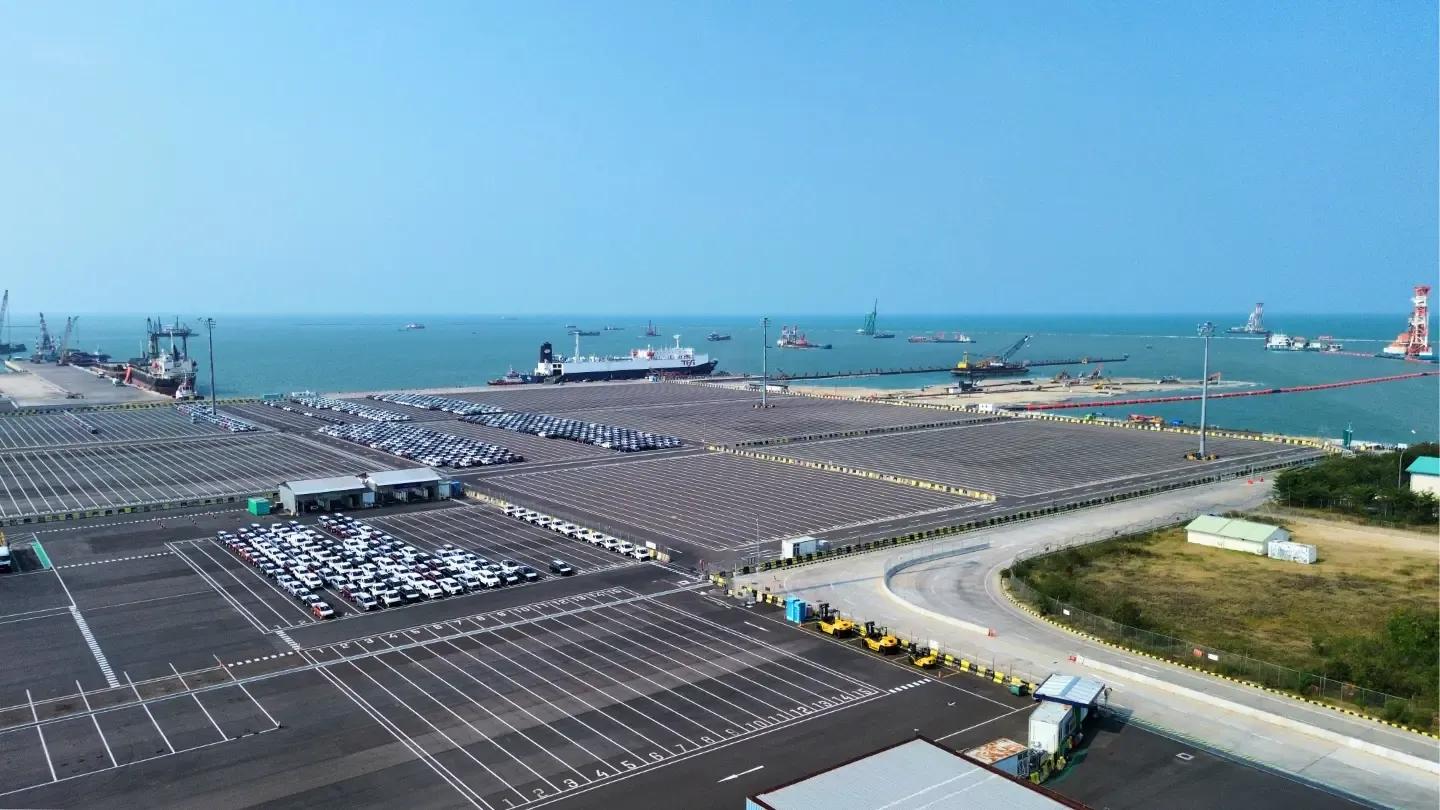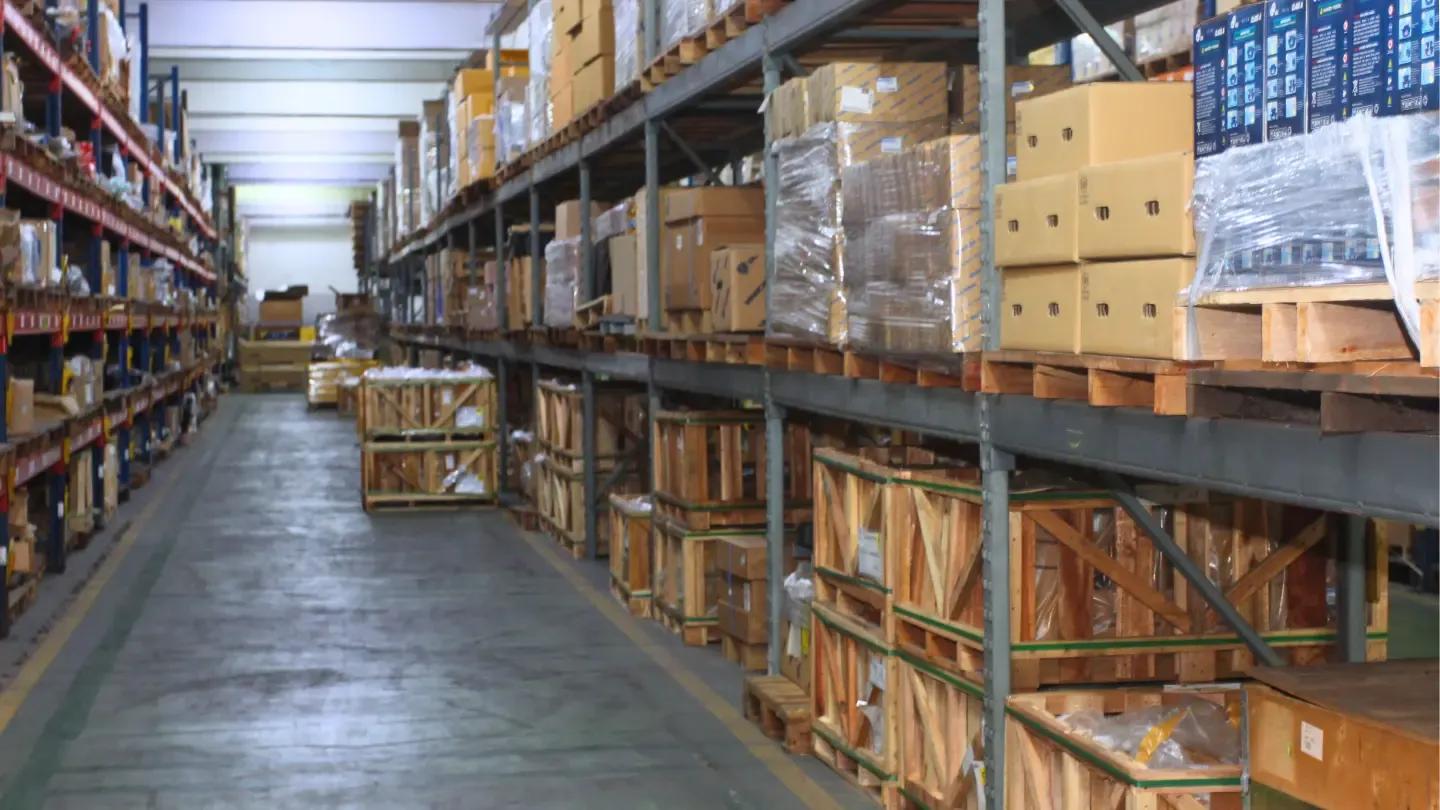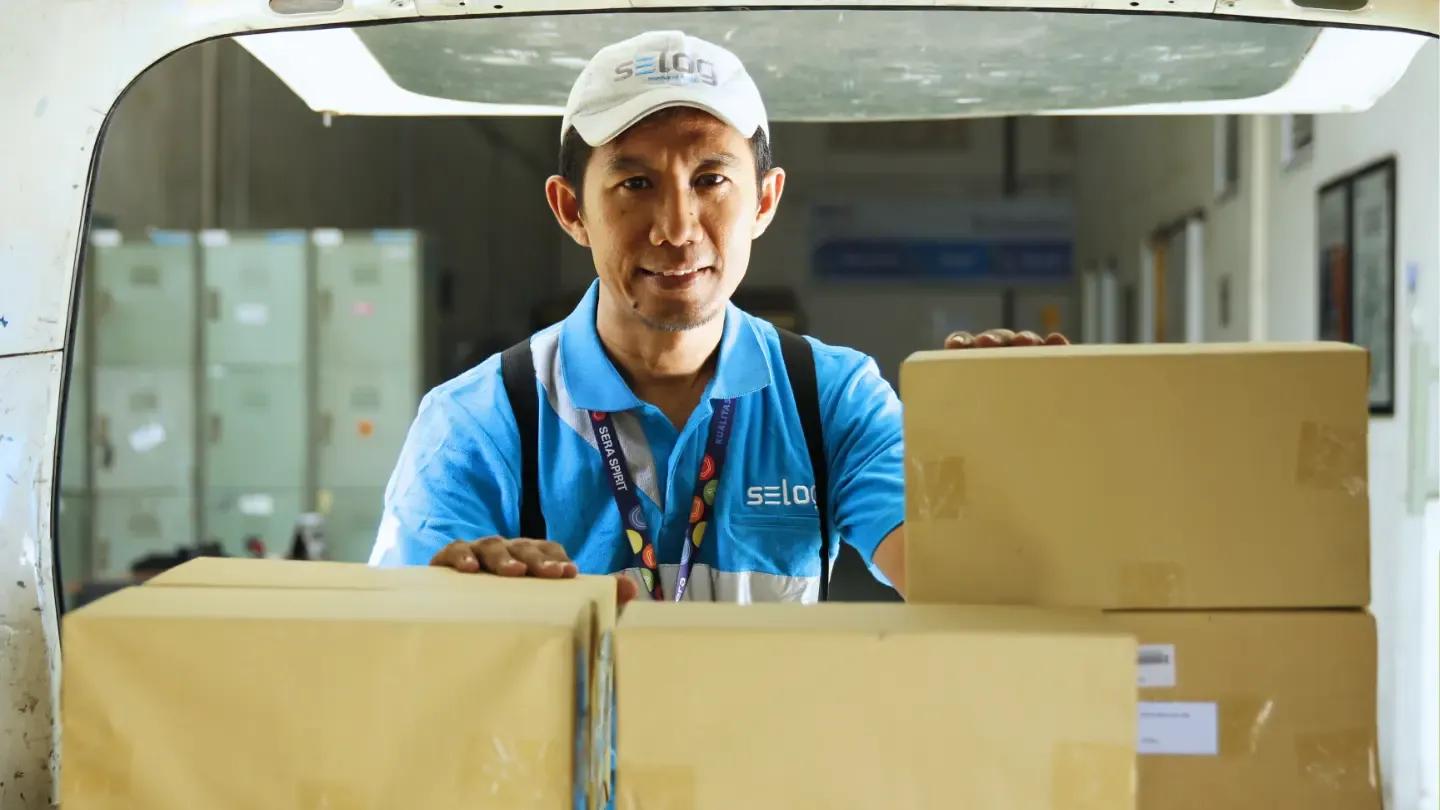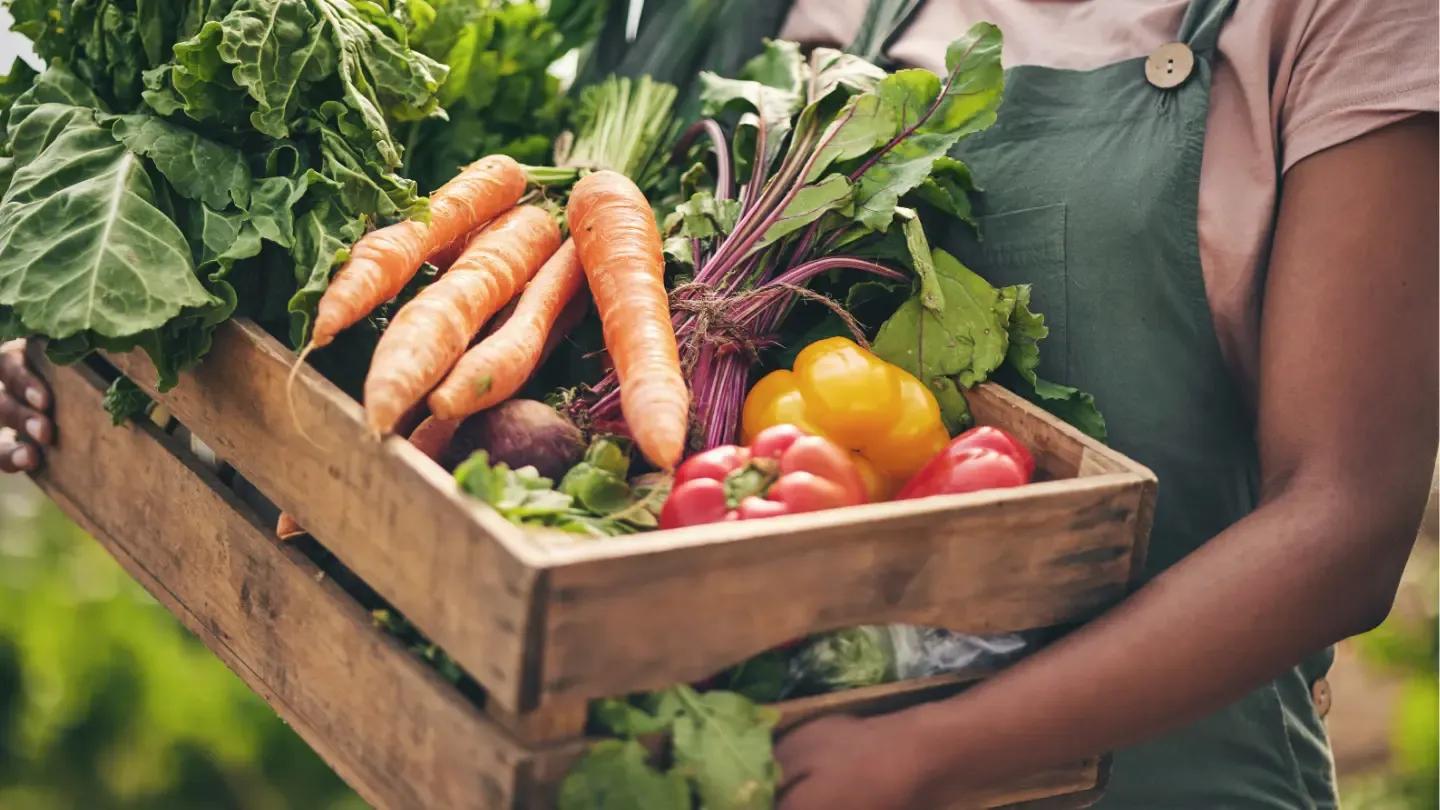
Information & Tips
7 Agustus 2025
Types of Agriculture: A Simple Guide
As the second-largest tropical agrarian country after Brazil, Indonesia is renowned for its abundant natural wealth, encompassing fertile land and a highly diverse array of biological resources.
Agriculture is a crucial pillar in supporting people’s basic needs, as well as boosting the national economy, social development, and trade sectors. According to data from the Central Statistics Agency (BPS), in 2020, the agricultural sector contributed 15.46% to the Gross Domestic Product (GDP).
What is Agriculture?
In general, agriculture is an industry developed to optimize the usage of biological resources. It encompasses various activities such as raising livestock, cultivating plants, and processing microorganisms or bioenzymes into other products.
Experts also proposed their definitions of agriculture. There are at least 3 scholars who have provided simple explanations on the concept of agriculture, including:
Van Aarsten stated that agriculture is a human activity that involves processing various types of plants and animals to produce goods.
Mosher, an agricultural development specialist, described agriculture as a distinct human effort to manage the cultivation and processing of livestock and plants.
Dr. Ir. Memet Hakim et al., in the book Good Agriculture Practice Kelapa Sawit, also concluded that agriculture is the management of biological resources by humans.
5 Main Sectors of Agriculture
Agriculture in Indonesia is divided into five main sectors:
Food Crops: These are protein and carbohydrate-producing plants such as rice, corn, and cassava, which can be processed into staple foods.
Plantation: Includes high-value, export-oriented commodities such as palm oil, tea, cocoa, rubber, and coffee.
Forestry: The sustainable management of forests as ecosystems that produce timber, rattan, and other forest products under strict supervision.
Animal Farming: The cultivation of animals such as cows, goats, chickens, and ducks to produce meat, milk, and eggs.
Fisheries: The management of marine and aquatic resources, such as fish, shrimp, and seaweed. As a maritime country, Indonesia relies heavily on this sector.
Despite these five sectors, the Indonesian government continues to focus on the food crop sector, particularly rice, due to the ongoing need for rice imports.
4 Types of Agriculture Based on Category
Apart from the main sectors, agriculture can also be divided into several categories, such as:
1. Based on Production Volume
Subsistence Agriculture: Aims for low production levels to meet the food needs of lower-income communities, with minimal risk of damage or loss.
Industrial Agriculture: Produces large quantities of food for commercial purposes, typically found in industrialized and developing countries.
2. Based on the Importance of Water
Irrigation: An agricultural system that uses artificial or natural water supplies regulated by farmers.
Moisture-based: Crops produced with the help of rain and soil moisture, without farmer intervention.
3. Based on the Use of Production Tools and Performance
Extensive Agriculture: Carried out to preserve land and increase output by using large-scale machinery for labor efficiency.
Intensive Agriculture: Practiced on small-scale land, often carried out by industrialized countries with limited space, aiming to prevent environmental pollution.
4. Based on Techniques and Purposes
Industrial Agriculture: Focused on mass food production for commercial use.
Ecological Agriculture: Prioritizes environmental safety and soil preservation through the use of appropriate methods and technologies.
Traditional Agriculture: Utilizes original techniques and procedures from a specific region, which are part of its local culture.
Examples of Indonesian Agricultural Products and Key Commodities
Agricultural products can be categorized into primary products (those that can be directly consumed or processed, such as corn, rice, and fruits) and secondary products (items that cannot be directly consumed, like fertilizers, timber, and chemical materials).
5 Agricultural Products Based on Sectors:
Food Crops: Rice, cassava, potatoes, corn, vegetables, fruit, tubers, and their processed products.
Animal Farming: Eggs, meat, livestock fur, and their processed products.
Fisheries: Shrimp, fish, shellfish, pearls, seaweed, and their processed products.
Plantation: Coffee, tea, rubber, chocolate, palm oil, sugar cane, coconut, and their processed products.
Forestry: Wood, rattan, agarwood, gum rosin (gondorukem), and their processed products.
8 Leading Agricultural Products of Indonesia:
Palm Oil: Indonesia contributes nearly half of the world’s palm oil production (about 35 million tons out of a global total of 64 million tons) and controls 55% of the global export market share. It is a major source of foreign exchange and plays a vital role in driving the rural economy.
Rubber: Indonesia is the second-largest rubber producer in the world, after Thailand, and a leading exporter of the commodity. Despite facing extreme price fluctuations, rubber production continues to provide jobs, support agribusiness, and generate a substantial foreign exchange revenue.
Shrimp: Remains a leading export commodity, including varieties like small shrimp, lobsters, and large prawns. These are commonly exported in frozen form to countries such as the U.S., Taiwan, Thailand, and various European countries.
Coffee: It continues to grow as a leading export commodity, supported by a vibrant domestic coffee industry and exports to various countries, including Argentina, Turkey, Spain, and the United States.
Cacao: Indonesia is Asia’s largest cocoa exporter, with shipments reaching markets across Asia, Europe, and the Americas.
Coconut: With an annual production of 18 million tons, Indonesia is the world's largest coconut producer. Its processed products, such as copra, coconut milk, shredded coconut, and coconut water, are all important exports.
Tobacco: This plantation product generated US$73.84 million in exports in 2021, representing a 15% increase from the previous year. The product is primarily used in the manufacturing of cigarettes and cigars.
Cashew: Derived from cashew apples, this commodity reached a value of US$51.6 million in exports, with a recorded value of Rp4.9 billion in 2021.
Challenges of Agricultural Development in Indonesia
Despite having abundant natural potentials, the government and society still face various obstacles in developing agriculture:
Limited Land and Capital for Farmers: Many farmers work on farmland owned by others, often with uncertain wages, or they own a tiny plot of land. Lack of capital also hinders business growth.
Dependence on Traditional Methods: Most farmers still use traditional farming techniques, which are often inefficient.
Seasonal Dependency: Agriculture in Indonesia is heavily dependent on seasonal changes, resulting in a high risk of crop failure during prolonged dry or rainy seasons.
Labor Limitations: Most farmers rely on family members for labor due to their inability to afford wages for external workers.
Limited Access to Low-Interest Credit: Government soft credit programs are difficult to access, especially for farmers in remote or isolated areas.
Distribution Systems and Monopoly: Multi-layered distribution systems and monopolies by middlemen force farmers to sell their harvests at low prices.
Land Use Conversion: Many agricultural lands have been converted into tourism sites or housing complexes.
Lack of Regeneration: Young people are less inclined to enter the agricultural sector, preferring instead to migrate to large cities or seek alternative employment.
Uneven Distribution of Superior Seeds: Farmers struggle to access quality seeds or seedlings, which are often unevenly distributed, thereby affecting crop quality.
Even so, with the existing natural potential and human resources, agricultural development in Indonesia remains a strategic focus for economic sustainability and national food security.
Especially when the production and distribution processes of agricultural products are highly dependent on the logistics sector. It is essential to select a logistics company that offers high-quality service to address the existing challenges.
SELOG Logistics Solutions for the Agricultural Industry
One logistics service provider you can partner with is SELOG, a business unit of PT Serasi Autoraya (SERA) and part of the Astra Group, with 20 years of experience in the logistics industry.
SELOG is committed to offer a comprehensive and end-to-end logistics services, from Trucking, Shipping, Freight Forwarding, Warehousing, and Project Cargo.
Each service SELOG provides is also powered by the latest digital technology, Astra Fleet Management Solution (AstraFMS), which brings greater convenience, effectiveness, and efficiency to your business.
With its Astra Fleet AstraFMS, SELOG provides businesses in Indonesia with IT-based comprehensive solutions for managing fleet vehicles.
For more information about SELOG services, visit www.selog.astra.co.id or contact (021) 26605333.
Follow SELOG on Instagram @selog_astra and SELOG LinkedIn for the latest updates and insights on logistics.

Information & Tips
7 Agustus 2025
Electric Vehicles in Logistics: A Reality Check

Information & Tips
7 Agustus 2025
All You Need to Know About Patimban Port

Information & Tips
7 Agustus 2025
Logistics Warehouses: Types by Function

Information & Tips
7 Agustus 2025
How to Easily Calculate Cargo Load for Shipping

Information & Tips
7 Agustus 2025
From Military Use to Logistics Transport: The Story of RoRo Ships

Information & Tips
7 Agustus 2025
Sea Freight: What Makes It Challenging?

Information & Tips
7 Agustus 2025
RORO vs Ferry Ships: Understanding the Differences

Information & Tips
7 Agustus 2025
Things to Look For in a Logistics Service Provider

Information & Tips
7 Agustus 2025
The Role of Supply Chain Management in the Agricultural Industry

Information & Tips
2 Juli 2025
Introduction to Halal Certification for Logistics Service Providers
Make sure you have the latest SELOG and Logistics information updates
Please enter your email to get the latest news or articles from us.
